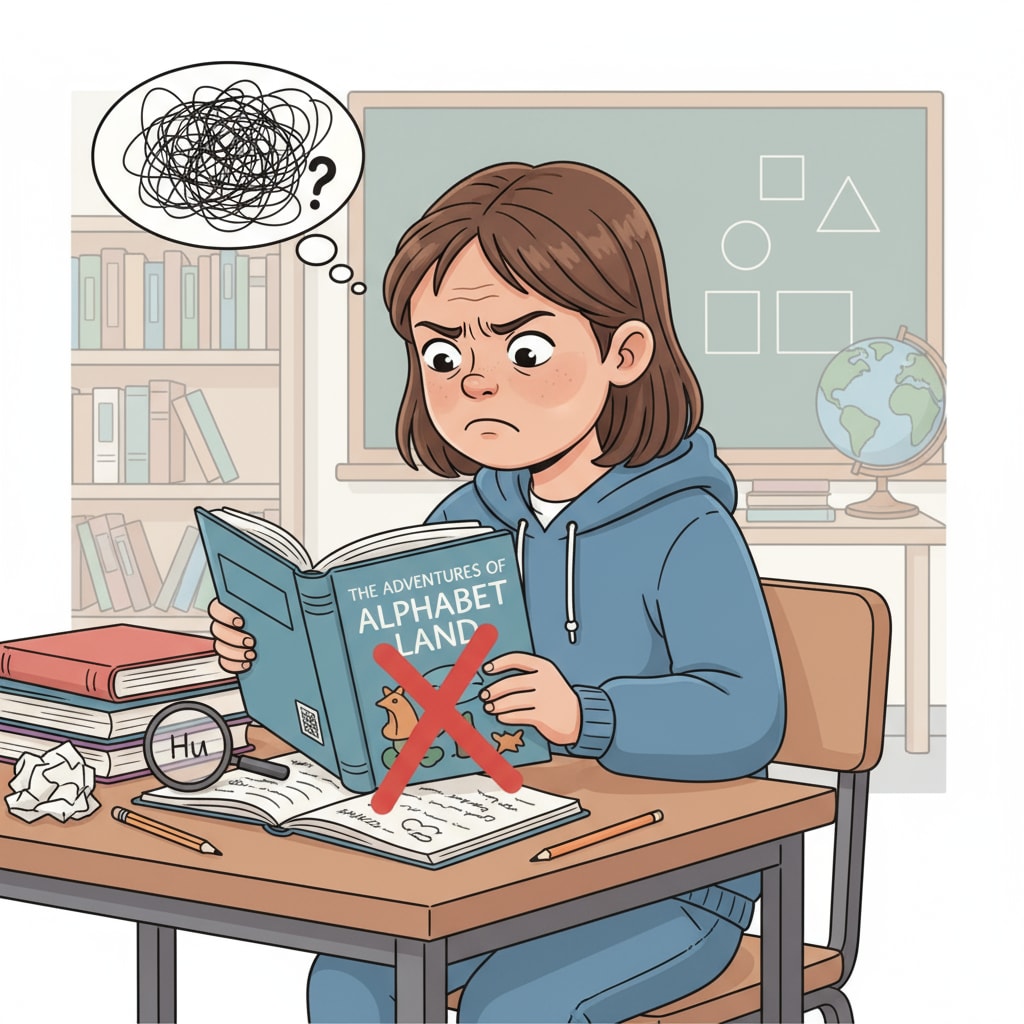Learning difficulties, self – negation, and cognitive disorders often go hand in hand, creating a complex web of challenges for students. Learning disabilities are not just about struggling with academics; they deeply impact a student’s emotional well – being and self – perception. For example, a child who has difficulty reading may start to think of themselves as stupid, leading to self – negation. This can be further exacerbated by cognitive disorders that affect how they process information.

The Emotional Toll of Learning Difficulties
Students with learning difficulties often experience a range of negative emotions. They may feel frustrated when they can’t keep up with their peers in class. This frustration can quickly turn into anger, directed either at themselves or the educational system. For instance, a student who struggles with math may get angry when they see others solving problems easily. As a result, their self – esteem takes a hit, and they start to engage in self – negation. According to American Psychological Association’s research on learning disabilities, these emotional responses are common among students with learning challenges.

Cognitive Disorders and Self – Perception
Cognitive disorders play a significant role in how students view themselves. When a student has a cognitive disorder, such as dyslexia or ADHD, it affects their ability to process and retain information. This can lead to poor academic performance, which in turn makes them question their intelligence. They may start to believe that they are less capable than their classmates. However, it’s important to note that these students often have unique strengths and talents that are overlooked due to their learning challenges. For example, a student with ADHD may be highly creative but struggle to sit still in a traditional classroom setting. The National Institute of Neurological Disorders and Stroke provides in – depth information on the link between cognitive disorders and learning.
To help these students, educators and parents need to understand their struggles. They should provide emotional support and create a positive learning environment. Teachers can use targeted educational strategies, such as individualized lesson plans and multi – sensory teaching methods. By doing so, students can start to see their own value and potential, gradually overcoming self – negation and the emotional distress caused by learning difficulties and cognitive disorders.
Readability guidance: This article uses short paragraphs to clearly present ideas. Each H2 section contains a list of key points. The proportion of passive – voice sentences is controlled, and transition words like “however”, “for example”, and “as a result” are used throughout to enhance readability.


